From Binge-Watching to Micro-Streaming: The Evolution of How We Consume Content
The pattern of content consumption experienced fundamental changes over the previous ten years. The era of biweekly TV programming and movie rentals has completely vanished. Since the dawn of digital entertainment, we inhabit an era where entertainment flows directly through our digital screens, and entertainment participation continues to improve. Changes in technology, psychology, and cultural shifts explain why people now watch content through both binge-watching and micro-streaming. This article explores the journey from binge-watching to micro-streaming, uncovering the forces driving this shift and what it means for the future of content consumption.
Streaming platforms revolutionized content consumption by introducing binge-watching as a revolutionary new way of watching television.
The television viewing revolution through binge-watching transformed TV content from its previous distribution method to create a new entertainment order. The expression “binge-watching” emerged as a significant cultural term during the beginning of the 2010s when streaming platforms Netflix, Hulu, and Amazon Prime Video appeared on the market. These platforms brought to the world a fresh idea by making available complete television seasons simultaneously. Viewers no longer experienced the seven-day wait between episodes. Viewers had the freedom to lose themselves in stories that lasted for extended periods, stretching to multiple days.
New technology created the conditions for this transformation. The availability of high-speed internet improved alongside the emergence of smart devices such as tablets and smartphones, which enabled users to watch content at any location at any time. Streaming platforms used algorithmic recommendations to show viewers specially selected shows, which generated personal and addictive viewing experiences.
The practice of binge-watching developed from being a mere habit into a social phenomenon. People would gather for “Netflix marathons,” and social media buzzed with discussions about the latest plot twists. The cultural phenomenon of Stranger Things and Game of Thrones gained such widespread popularity that fans waited impatiently for new episodes to become available.
A different viewing pattern began to develop when the original appeal of binge-watching lost its freshness. The same technology used for binge-watching led to the development of micro-streaming as its successor.
From Binge-Watching to Micro-Streaming: Shifting Consumer Preferences in a Fast-Paced World

Modern society demands precious time, which functions as a valuable commodity. More people today abandon binge-watching to choose micro-streaming because this technique delivers short pieces of content that perfectly suit their busy lifestyles. The growing popularity of TikTok, together with YouTube Shorts and Instagram Reels, has allowed these platforms to provide content that lasts only a few minutes.
Consumer preferences have undergone a fundamental transformation that led to this transformation. Through binge-watching, people aim to lose themselves, while micro-streaming offers users easy access to small doses of content. People choose to watch content that fits their short time slots instead of devoting hours to a single program because micro-streaming provides them with quick, engaging content that suits their needs.
The growing desire for content variety directly correlates to the expansion of micro-streaming as a service. Viewers today can experience various types of content through micro-streaming because they no longer need to spend their entire night on one show. This “snackable” approach to entertainment caters to shorter attention spans and the desire for instant gratification.
Social media itself represents only one corner of this new micro-streaming trend. The traditional streaming industry keeps adapting to this trend. Netflix, for example, has introduced “Fast Laughs,” a feature that delivers short comedy clips to users. Traditional entertainment platforms accommodate all sorts of viewing patterns through their combination of binge-watching and micro-streaming services.
Micro-Streaming Content’s Psychological Effects Cause People to Focus on Brief Content.

People seek micro-streaming services because this trend stems from fundamental psychological principles. Our brain reward system activates when we encounter short content because it triggers fast dopamine releases that make us continuously return. Each video or clip finishes quickly to deliver satisfaction while needing only a minimal time commitment.
This phenomenon is closely tied to the concept of “attention economy.” The massive information overload of our current world has made attention into a valuable yet limited resource. Micro-streaming platforms create their content through designs that can capture user attention during the first few seconds. Engagement optimization comes through the use of eye-catching visuals and catchy music alongside quick video editing techniques.
People experience the fear of missing out (FOMO) as one of several psychological factors. Trends drive the success of micro-streaming platforms since they produce new challenges and viral videos along with viral memes at a constant pace. The feeling of urgency resulting from this phenomenon pushes users to stay updated and join the current cultural trends.
The human brain functions more effectively with short content because of how it processes information. Research indicates attention spans reduce every year, which makes it more challenging for people to absorb lengthy written content. The format of micro-streaming presents content in a way that matches our current consumer patterns through easy consumption and high spreadability.
How Technology is Enabling the Transition From Binge-Watching to Micro-Streaming
Technology has been the driving force behind every major shift in content consumption, and the transition from binge-watching to micro-streaming is no exception. Technology advances enabled smartphones and high-speed internet capacity, which created conditions for anyone to access content at any time during any place. Accessibility represents only part of the change because innovation plays a larger role.
AI applications function as essential components to drive this change. TikTok depends on AI algorithms to examine user actions, which helps the platform show specific recommended content. The algorithm used by the platform presents videos to users that match their preferences to maintain continuous engagement.
Vertical video creation has emerged as a new technological evolution. Vertical video presentation works better than regular horizontal formats because it serves mobile users optimally through vertical-based content. Short-form video content has become the standard across platforms, including Instagram and Snapchat, because of this specific format that drives the trend in personal media consumption.
The development of cloud computing technology provides users with uninterrupted streaming capabilities that completely omit the need for downloads and buffering interruptions. The delivery of micro-streaming content must be instant with zero interruptions, which this factor becomes essential.
Technology development will guide the future shapes of content consumption. The transition from binge-watching to micro-streaming is just one example of how innovation shapes our viewing habits.
The Future of Content Consumption: Balancing Binge-Watching and Micro-Streaming Trends

A future perspective shows that micro-streaming operations and binge-watching will work together as separate distribution channels. Different content intake approaches serve various strategic objectives, although they serve unique functional requirements. Programming experiences present viewers with profound narratives through stretched storytelling, while episodes allow viewers to find quick content variety and short entertainment experiences.
Content creators and platforms together face the crucial task of striking just the correct equilibrium between these trend types. Combined content formats are expected to appear across various shows where producers present expanded episodes together with additional brief segments. A few innovative approaches have been developed by content creators to let viewers explore interactive entertainment paths and novel engagement methods through their media content.
Content consumption evolves at a pace that makes its future development undeniable. Future technology developments alongside shifting customer tastes will create new revolutionary methods for watching content and sharing and interacting with products.
Conclusion
From binge-watching to micro-streaming, the way we consume content has come a long way. Original movie technology has developed into numerous viewing formats that suit all types of audiences and their specific choices. Every viewer possesses a preference for either long-form television programs or short-form online video content throughout this dynamic content environment.
The key principle will lead us forward into the future. All parties within the content creation process need to welcome the evolving trends by developing fresh engagement approaches. Content consumption shows great promise going forward since we eagerly anticipate the next phase of evolution.
Table of Contents
Share this content:
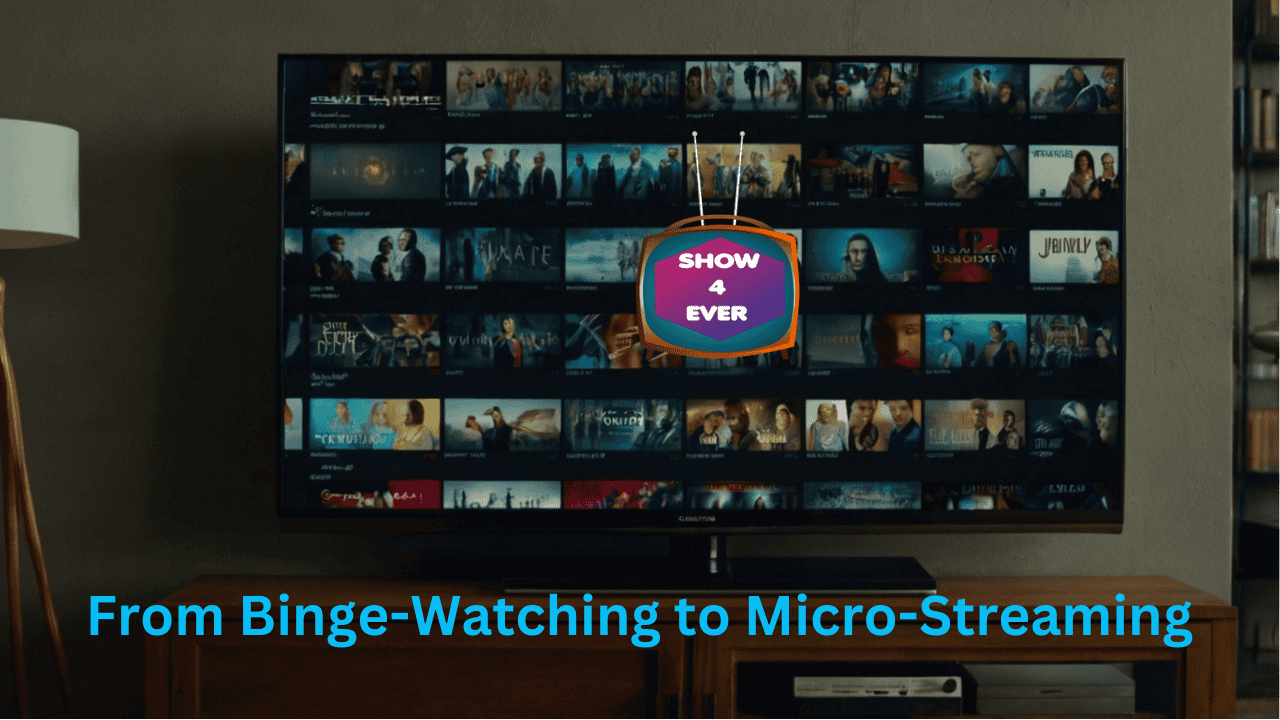

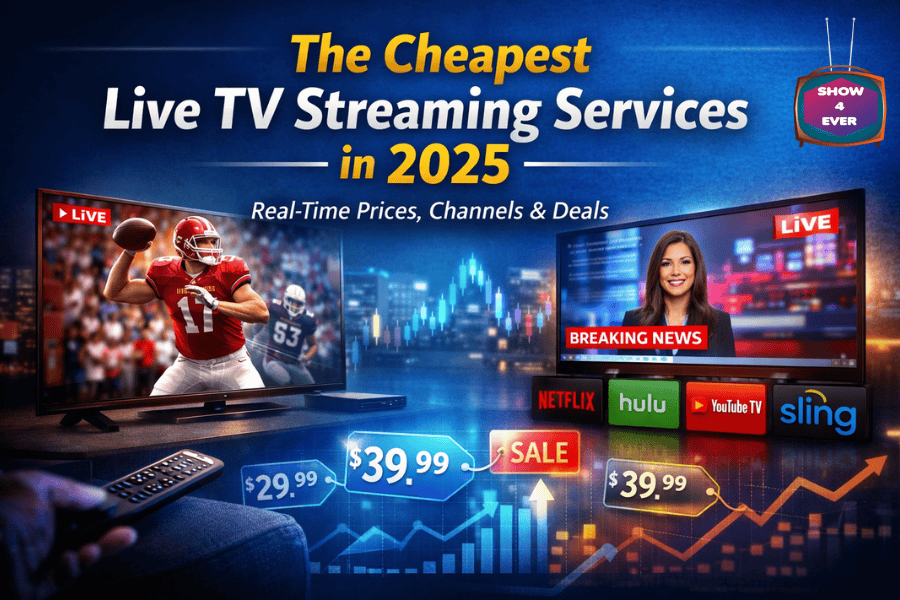
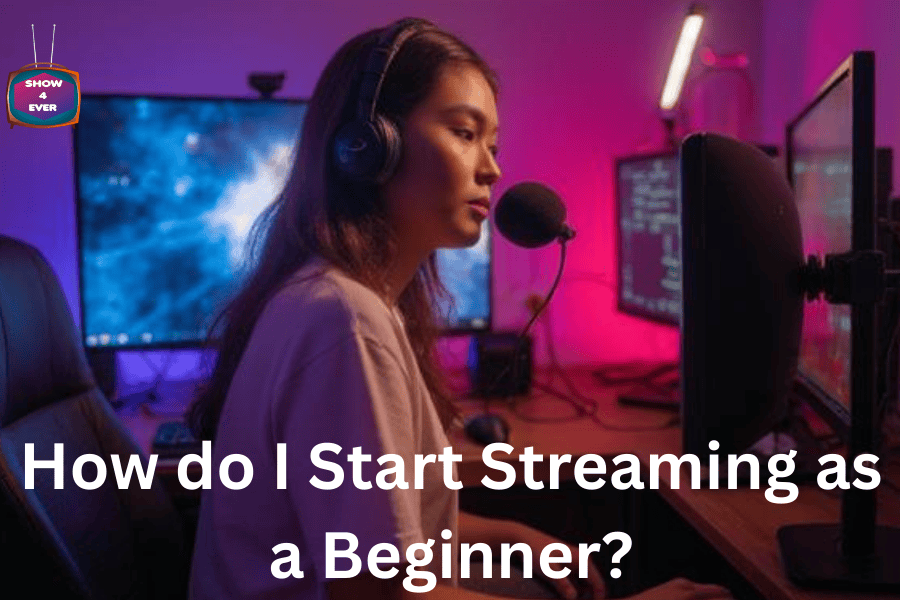


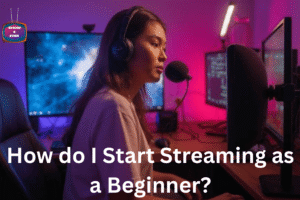

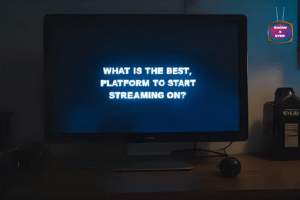
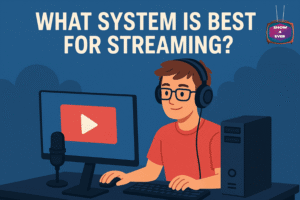
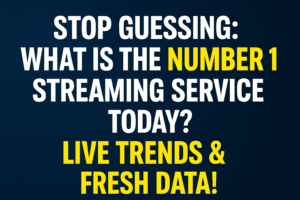






Post Comment